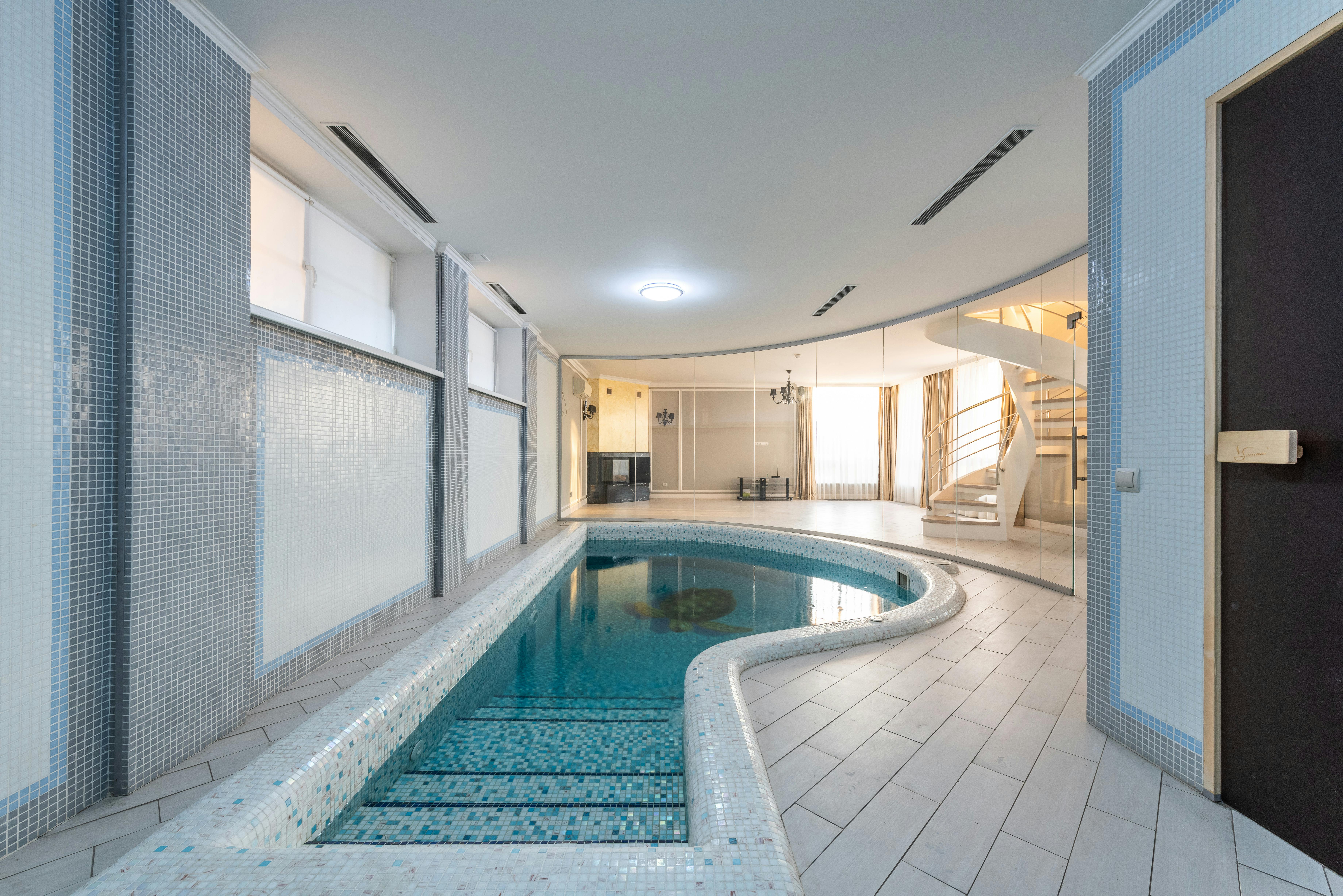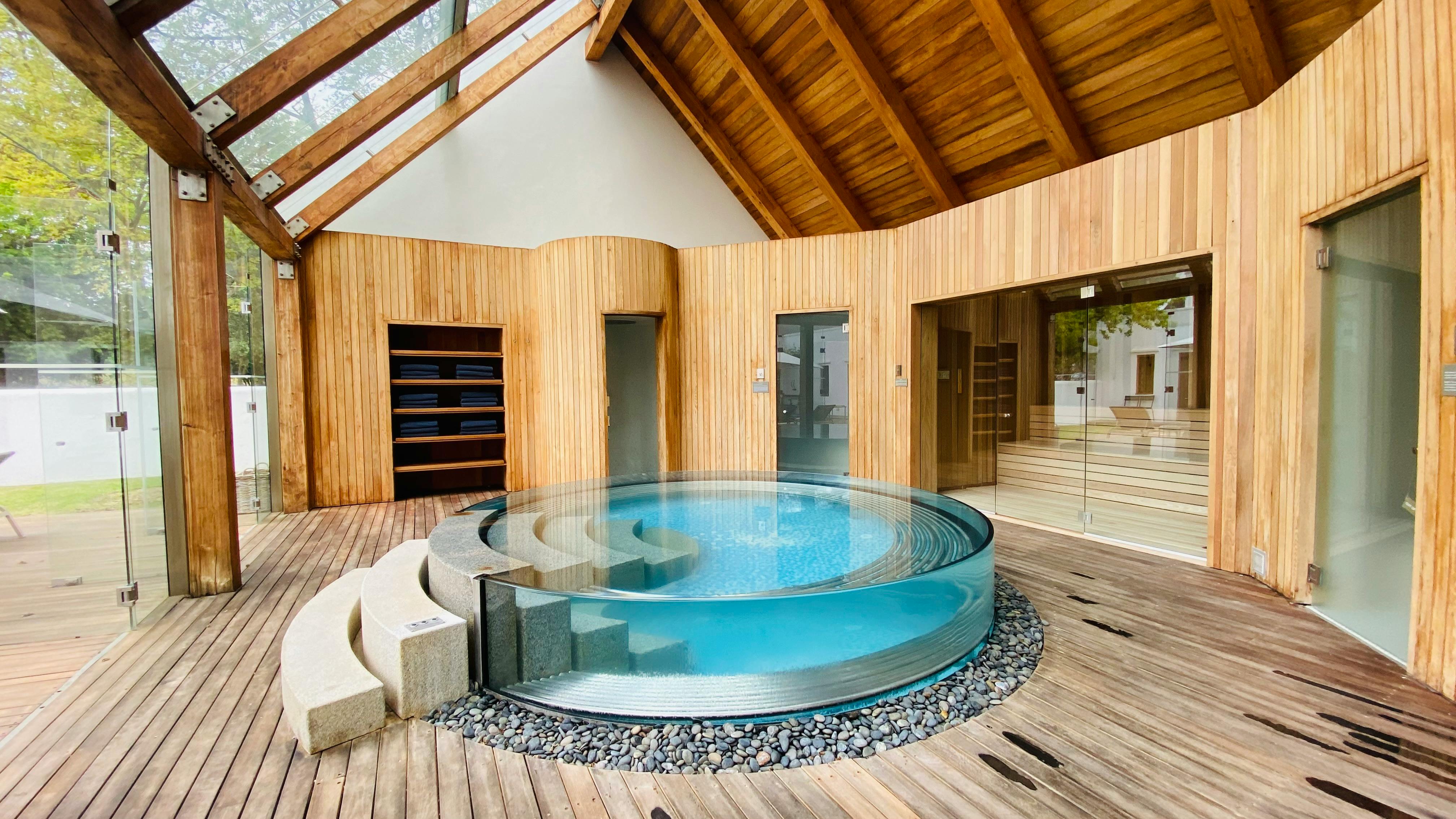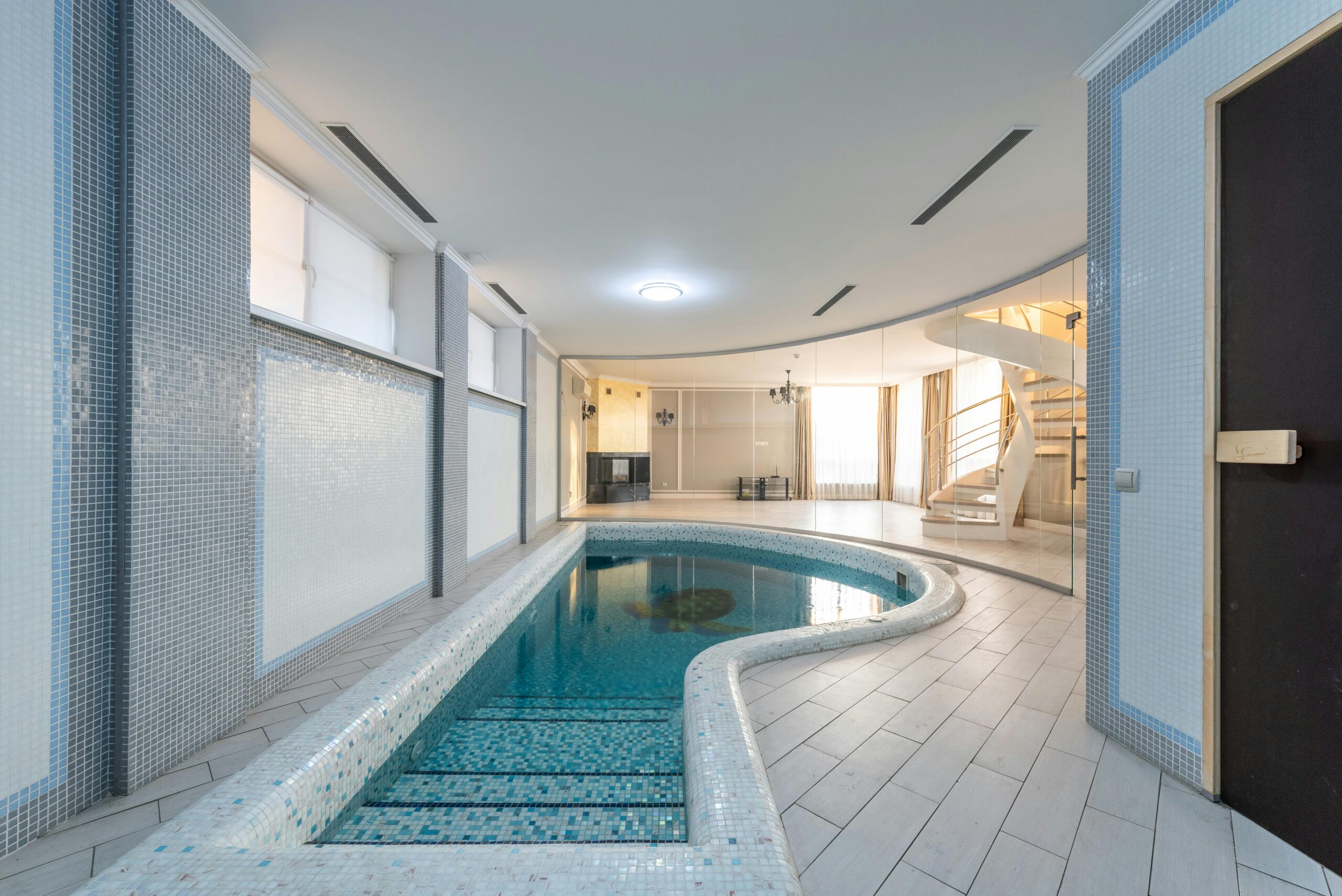Your home’s invisible energy fields are silently shaping your health, mood, and daily performance in ways you never imagined. While most interior designers focus on aesthetics and functionality, a revolutionary movement is emerging that harnesses electromagnetic forces to create living spaces that actively enhance human biology. This isn’t science fiction—it’s the cutting-edge intersection of quantum physics, wellness architecture, and luxury design that’s transforming how we think about our built environments in 2025.
The problem with traditional interior design is that it ignores the electromagnetic reality of modern life. Your space is saturated with chaotic electromagnetic frequencies from Wi-Fi routers, smart devices, and power lines, creating what researchers call “electromagnetic pollution.” But what if your home could instead generate healing frequencies that optimize your cellular function, enhance sleep quality, and boost mental clarity? This comprehensive guide reveals how electromagnetic luxury design is revolutionizing wellness architecture through bio-resonance therapy systems and scientifically-calibrated magnetic field environments.
The electromagnetic revolution in luxury interior architecture
Electromagnetic luxury represents a paradigm shift from passive interior design to active wellness architecture. Unlike traditional approaches that simply arrange furniture and select colors, this revolutionary methodology integrates bio-resonance therapy systems directly into the structural and decorative elements of your home. The result is a living space that functions as a therapeutic environment, continuously optimizing your body’s electromagnetic field for peak performance.
The science behind this approach is rooted in quantum biology—the study of quantum mechanical phenomena in biological systems. Every cell in your body operates as a tiny electrical circuit, generating and responding to electromagnetic frequencies. When these cellular frequencies become disrupted by environmental stressors or electromagnetic pollution, your health, energy levels, and cognitive function suffer. Bio-resonance therapy systems work by emitting precisely calibrated electromagnetic frequencies that help restore your body’s natural electromagnetic balance.

This Photo was taken by Max Vakhtbovycn.
Recent studies from the International Institute of Biophysics show that targeted electromagnetic field therapy can improve sleep quality by up to 40%, enhance cellular regeneration by 35%, and boost cognitive performance by 28%. These findings have sparked a new wave of luxury interior designers who are integrating electromagnetic wellness systems into high-end residential and commercial spaces.
The integration of quantum field wellness architecture takes this concept even further, creating spaces where every surface, material, and design element contributes to the overall electromagnetic harmony of the environment.
Understanding bio-resonance therapy systems in residential design
Bio-resonance therapy systems function as the technological heart of electromagnetic luxury design. These sophisticated devices generate specific electromagnetic frequencies that resonate with your body’s natural biorhythms, creating what researchers call “electromagnetic coherence.” When properly integrated into interior architecture, these systems transform your home into a therapeutic sanctuary that actively supports your wellbeing.
Core components of residential bio-resonance systems
The foundation of any electromagnetic luxury space lies in its bio-resonance infrastructure. Modern systems typically include frequency generators, field amplifiers, and resonance modulators that work together to create precise electromagnetic environments. These components are seamlessly integrated into walls, flooring, and ceiling systems, making them completely invisible while maintaining their therapeutic effectiveness.
Advanced bio-resonance systems utilize what’s known as “scalar wave technology”—a form of electromagnetic energy that travels faster than light and can penetrate solid objects without losing intensity. This allows the therapeutic frequencies to permeate every corner of your living space, ensuring consistent electromagnetic exposure regardless of your position within the room.
| Frequency Range | Therapeutic Effect | Application Area | Integration Method |
|---|---|---|---|
| 0.5-30 Hz | Deep relaxation and sleep enhancement | Bedrooms | Under-floor systems |
| 8-12 Hz | Alpha wave stimulation and creativity | Home offices and studios | Wall-mounted panels |
| 40-100 Hz | Cognitive enhancement and focus | Study areas | Ceiling-integrated arrays |
| 528 Hz | DNA repair and cellular regeneration | Living areas | Furniture-embedded systems |
The key to effective bio-resonance integration lies in understanding how different frequencies affect human physiology. For example, frequencies in the 0.5-4 Hz range (delta waves) promote deep, restorative sleep and are ideal for bedroom environments. Meanwhile, frequencies around 40 Hz (gamma waves) enhance cognitive function and are perfect for home offices and study areas.
Advanced electromagnetic field mapping and calibration
Professional electromagnetic luxury design begins with comprehensive field mapping of your existing space. Using specialized equipment, designers measure the existing electromagnetic environment, identifying areas of interference and determining optimal placement for bio-resonance systems. This process is similar to how thermal regulation wellness systems require precise environmental analysis for optimal performance.
The calibration process involves fine-tuning the frequency output, field strength, and pulse patterns to match your specific biological needs. Advanced systems can even adapt their output based on real-time biometric feedback, creating a truly personalized electromagnetic environment that evolves with your daily rhythms and health status.
Architectural integration techniques for electromagnetic wellness systems
The seamless integration of electromagnetic wellness technology into luxury architecture requires a sophisticated understanding of both electromagnetic physics and interior design principles. The most successful implementations are those where the technology becomes completely invisible, allowing the therapeutic benefits to emerge naturally from the living environment itself.

This Photo was taken by Jill Patience.
Structural electromagnetic enhancement methods
Modern electromagnetic luxury design incorporates bio-resonance technology directly into the structural elements of your home. This includes embedding frequency generators within wall cavities, integrating scalar wave emitters into floor joists, and installing field amplifiers within ceiling systems. The result is a home where every surface contributes to the overall electromagnetic wellness environment.
One of the most innovative approaches involves the use of “smart materials” that can generate and modulate electromagnetic fields based on environmental conditions. These materials include piezoelectric ceramics that generate electricity from mechanical stress, and metamaterials that can manipulate electromagnetic waves in ways not found in nature. The integration of piezoelectric interior design elements creates spaces that actively respond to human presence and activity.
The placement of electromagnetic systems requires careful consideration of interference patterns and field interactions. Professional designers use computer modeling software to predict how electromagnetic fields will behave within the specific geometry of your space, ensuring optimal field distribution and avoiding areas of constructive or destructive interference that could reduce therapeutic effectiveness.
Decorative elements as electromagnetic field generators
Beyond structural integration, electromagnetic luxury design transforms decorative elements into functional wellness technology. Custom furniture pieces can house bio-resonance generators, while artwork and decorative panels can conceal sophisticated electromagnetic field emitters. This approach allows for maximum design flexibility while maintaining the therapeutic benefits of the electromagnetic environment.
Lighting systems play a particularly
